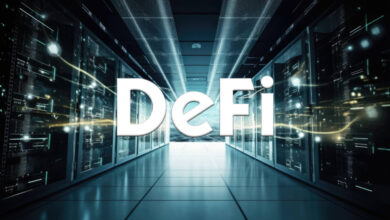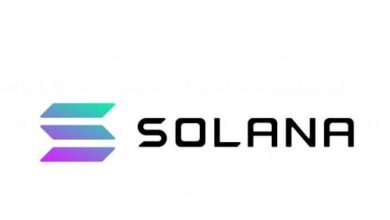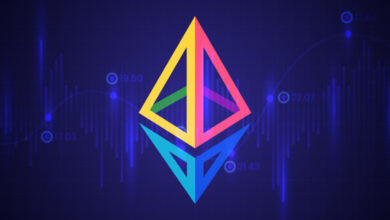The current status of blockchain technologies

Marta Pierkarska, Director of Developer Ecosystem at Hyperledger reveals her thoughts on the current status of blockchain technologies
We are midway through 2018 and it seems everyone has bought into blockchain. But have they really? When we go to staple industry conferences, it definitely feels like there is not a single person in the world that has not heard about blockchain. At Hyperledger, we are proud and grateful to get public and social media attention. We have almost 45,000 Twitter followers and a webinar series where our community can learn, on a monthly basis, about blockchain and our frameworks.
Governments, while struggling to regulate cryptocurrencies and ICOs, are absolutely bought into the blockchain space. Today, there are 203 different initiatives around the world implementing solutions in different governments.
Thankfully, though, we also get invited to speak at conferences that are not industry specific. That’s where we learn that not everyone is crazy about blockchain. Many have often never even heard about it! From big to small, there is a whole world outside of our echo chamber. They ask: “what is blockchain?” and “how is it different from a database?”, “can I have a blockchain where I don’t share any information with anyone?” and, of course, “what is the killer app for blockchain?”
It is good to step out of the comfort zone. It challenges us to look from the outside and ask: “what is the adoption of blockchain in enterprises today?” Hyperledger has now reached almost 250 members, showing how much interest there is in enterprise blockchain applications. If you belong to the Innovators on the Rogers’ Diffusion Curve, then 2018 is a year of deployment. We see enterprises going live with their platforms in the supply chain, financial technologies, healthcare and the government. In fact, the need for a collaboration platform was so high that we have launched Public Sector and Healthcare Working Groups.
The working groups reflect a significant shift in thinking from those getting deeper into the deployment process. While developing Proofs of Concept, enterprises believed that one can simply do it alone. That there can be one blockchain per company and the technologist can develop ways for the ledgers to talk to each other.
However, blockchain is a Peer-to-Peer network. To scale and make use of its full benefits peers, or nodes should come from different parties. This means evolving from “blockchain is a decentralised database system” to “blockchain is a distributed record of data” mindset. The shift has led to the creation of a number of consortia in various domains since the beginning of 2018. Some examples: we.trade, developed by nine different banks; TReDS, a similar platform in India; the Intelligent Healthcare Network for claims management in healthcare and Realtor® Association Blockchain, which created regional repositories of activity of their 1,200 members. This aim for collaboration and modularity shows a new level of maturity in the space. Not everyone is crazy about blockchain though. Many are still looking to understand the return on investment in the blockchain space. Or are still looking at how to choose the right technologies – ones that will scale with time – and for the right use cases. Is it better to use a sniper approach and target a small number of big projects or a machine gun one: blockchain everything and see what sticks? Which of the solutions implemented today will stand the test of users and time? Frustration when experimenting with blockchain is unavoidable.
Departments spent money on horizon 2 projects, but only a few of them can move to horizon 1. Even then it requires more financial engagement. Blockchain will not solve all our problems and will not be valuable in all industries. All sectors are facing challenges around security, as well as the usability of the newly developed DLT-based projects. While blockchain is being used for security updates in The Internet of Things (IoT) or a better voting mechanism, it also brings new attack vectors. Questions arise about how we evaluate smart contracts, how we ensure the consensus cannot be broken, what information should be stored on a blockchain and how. On the usability front, there is a need for better user interfaces and the integration tools to encourage a wider adoption.
The maturing market is starting to ask the right questions and new industries are adopting the technology. Governments, while struggling to regulate cryptocurrencies and ICOs, are absolutely bought into the blockchain space. Today, there are 203 different initiatives around the world implementing solutions in different governments. In art and music for IP protection and proof of provenance, in shipping and logistics for a bill of lading or in education for certification storage, there is growing interest and increasing adoption. Still, there remains a huge demand for education. Not only on what blockchain is, but also how to share data through a blockchain, while preserving the most important IP in enterprises and PI in the case of individuals. As with any new technology, the demand is there but supply remains scarce. But we are getting there.






